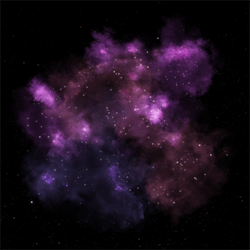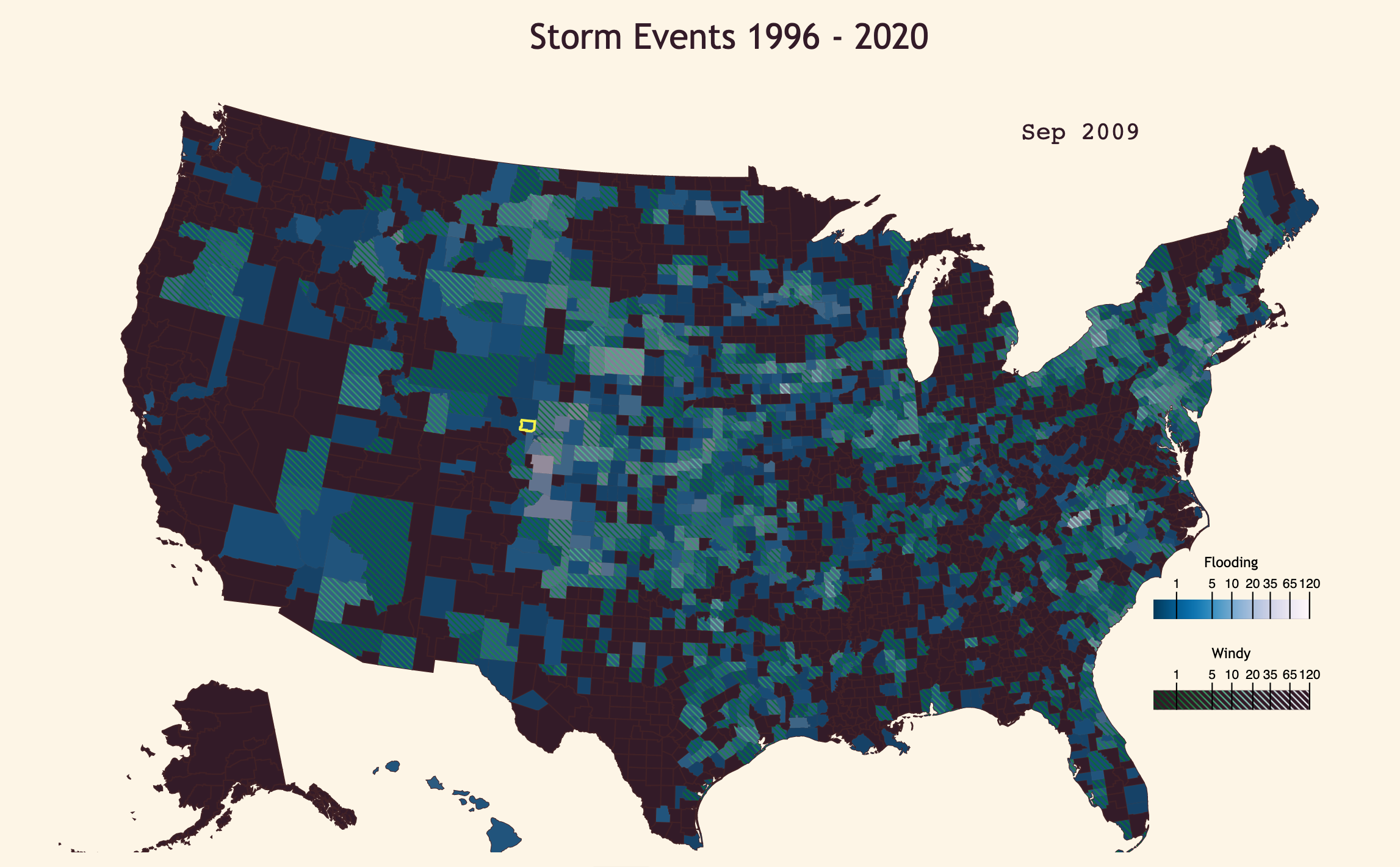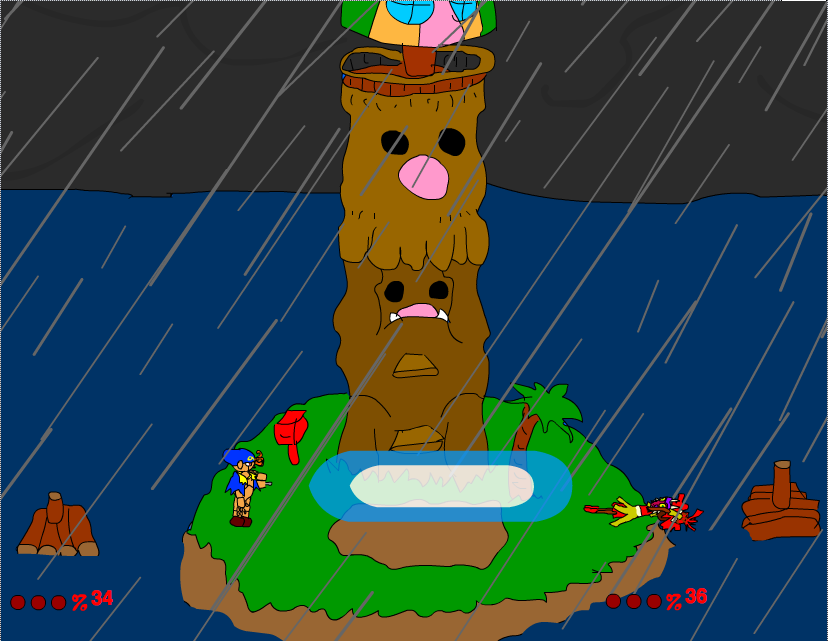
This article was originally written for the Serenity Forge blog in the summer of 2015. It details how the backgrounds of Luna’s Wandering Stars are rendered, and a bit about the development process.
The Quest Begins
One of the goals I had for the visuals of Luna’s Wandering Stars was a beautiful background. Starting out, the game prototype had backgrounds created by yours truly, one for each of the worlds in the game. They weren’t bad, but I saw room for improvement.

I yearned for a more dynamic background, something more varied than a static image. Space is vast, and there are many astounding structures that litter its expanse. To limit all you saw to a few stock images, no matter how beautiful, seemed to me a waste of an opportunity. One of the allures of space for myself, and many others I’m sure, is the possibility of discovery, and of seeing new sights. So I decided that a procedurally generated background would be the way to go. Even if the background was limited to a single category of imagery, at least it would be varied.







